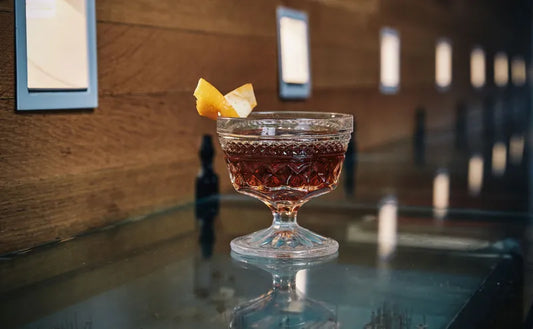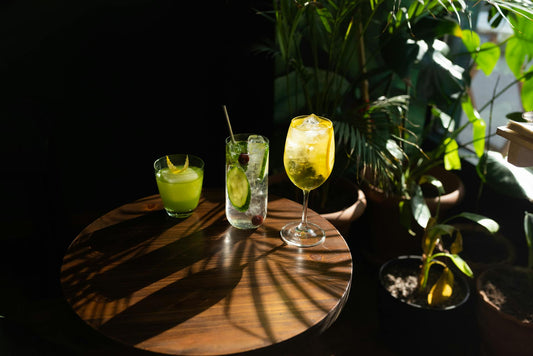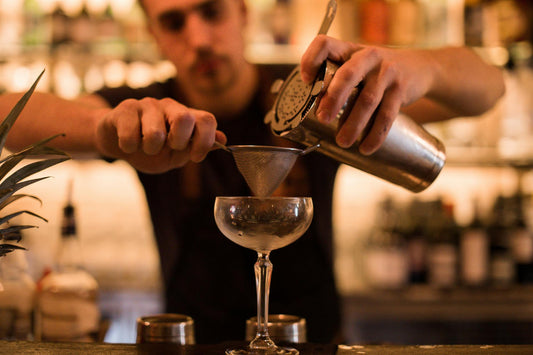Pumpkin Spice Latte: The Ultimate Fall Coffee Delight
SWEET to SOUR
(1-10)
STRENGTH
(1-10)
CALORIES
STANDARD
DRINKS
Note: these values are approximate and may vary dependent on the ingredients and brands you use.
More information...
The Pumpkin Spice Latte is a seasonal favorite that has become synonymous with autumn, particularly in North America. This delightful beverage combines the rich, robust flavor of freshly brewed espresso with the warm, comforting spices that evoke the essence of fall. The drink is not just a treat for the taste buds; it also serves as a cultural phenomenon, marking the arrival of sweater weather and the festive spirit of the season.
To create the perfect Pumpkin Spice Latte, one begins with 100 ml of freshly brewed espresso coffee. The espresso serves as the backbone of the drink, providing a strong and bold flavor that balances beautifully with the sweetness of the pumpkin spice syrup. The syrup, which is typically made from a blend of pumpkin puree, sugar, and a mix of spices such as cinnamon, nutmeg, and clove, adds a rich, sweet, and aromatic quality to the drink. Just 15 ml of this syrup is enough to infuse the espresso with that signature pumpkin spice flavor that many have come to love.
Next, 75 ml of steamed milk is added to the mix. The steaming process not only heats the milk but also introduces a frothy texture that enhances the overall mouthfeel of the latte. The creamy milk softens the intensity of the espresso and the spices, creating a harmonious blend that is both comforting and indulgent. The final step involves gently stirring the steamed milk into the espresso and syrup mixture, ensuring that all the flavors meld together perfectly.
The Pumpkin Spice Latte is typically served hot, making it an ideal choice for chilly autumn days. Its alcohol content is non-existent, with a 0% alcohol by volume (ABV), making it a family-friendly beverage that can be enjoyed by anyone. With approximately 150 calories per serving, it is a relatively moderate indulgence, especially when compared to other seasonal treats that can be much higher in calories and sugar.
Taste-wise, the Pumpkin Spice Latte leans towards the sweet side, thanks to the syrup and the milk. However, the espresso provides a counterbalance that prevents it from becoming overly sugary. The drink is often described as having a warm, cozy taste that is reminiscent of freshly baked pumpkin pie, making it a perfect companion for a crisp fall day.
Interestingly, the Pumpkin Spice Latte has sparked a cultural conversation about seasonal flavors and consumer trends. Its popularity has led to a plethora of pumpkin-flavored products, from candles to baked goods, and even savory dishes. The drink's launch each year is often met with excitement and anticipation, as fans eagerly await its return to coffee shops.
In conclusion, the Pumpkin Spice Latte is more than just a drink; it is a celebration of the fall season, a comforting ritual for many, and a symbol of the cozy, festive atmosphere that autumn brings. Whether enjoyed alone or shared with friends, this latte encapsulates the warmth and joy of the season, making it a beloved choice for many coffee enthusiasts.



